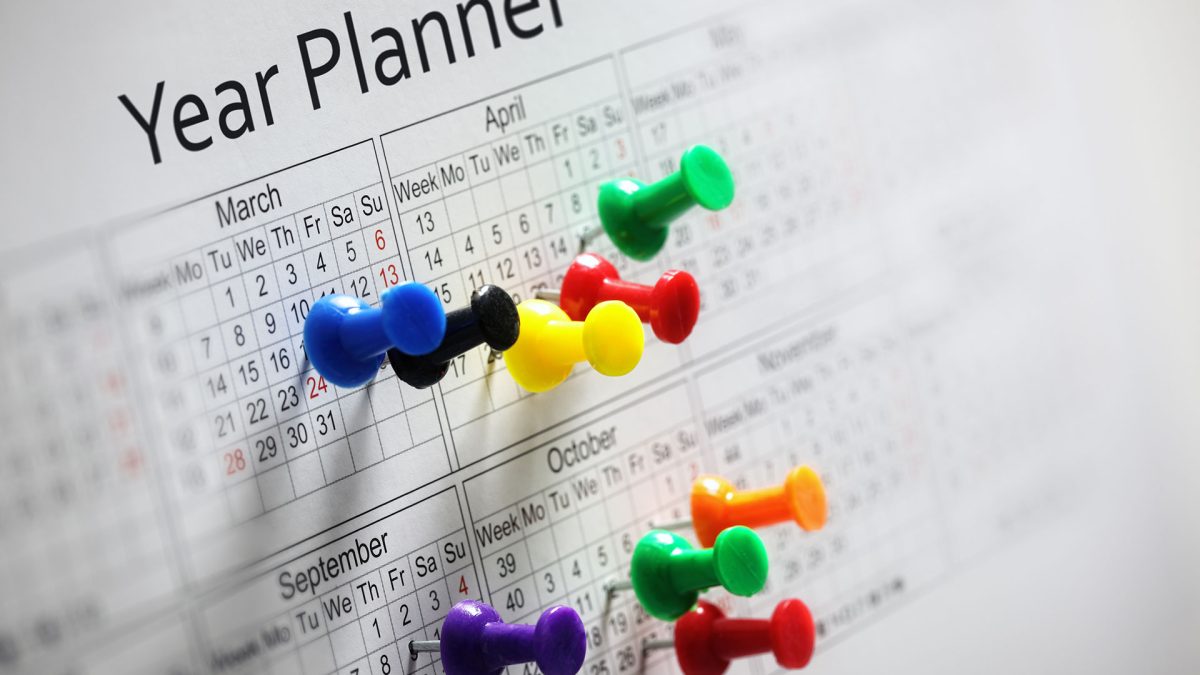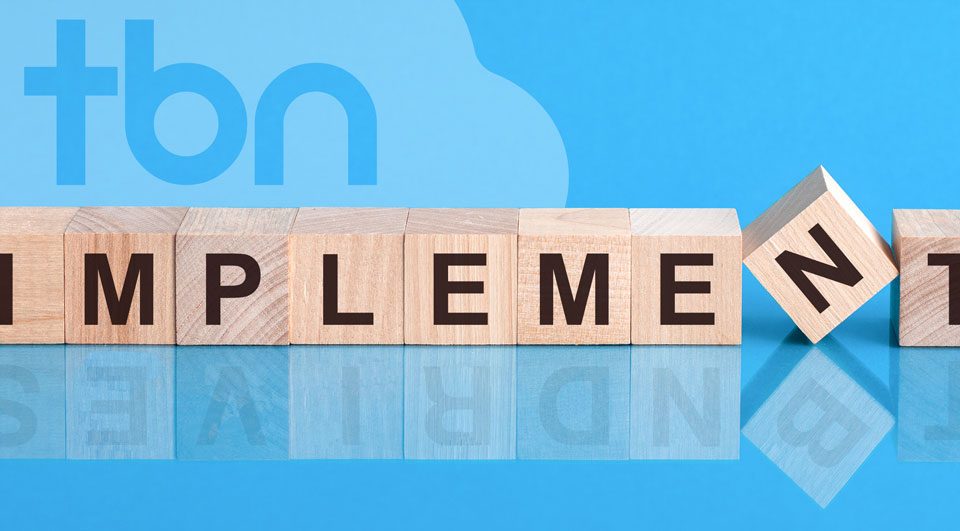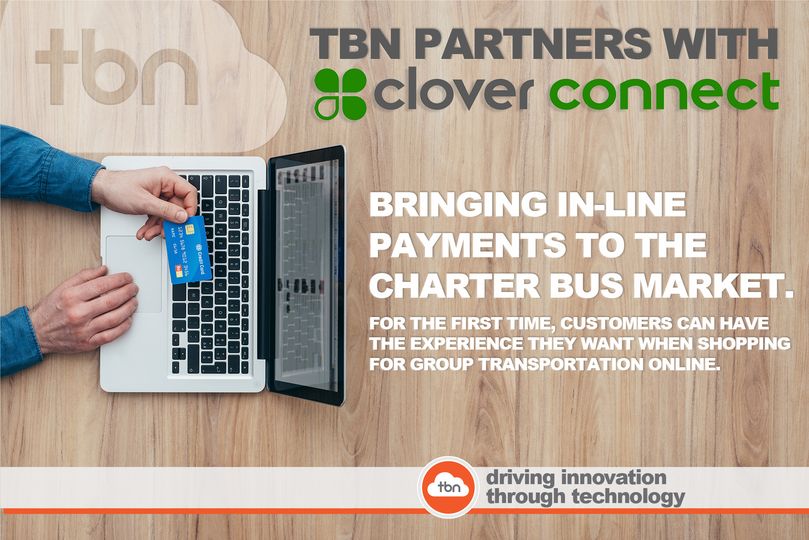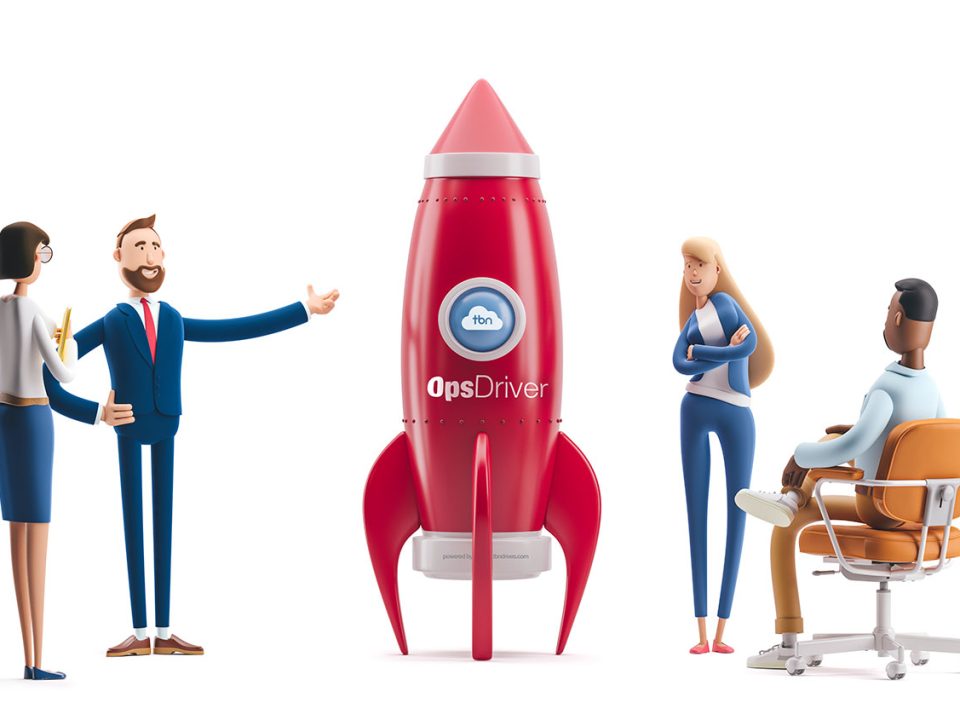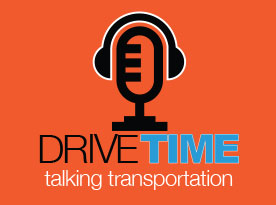
Raising prices post COVID – DriveTime Episode 1
February 22, 2022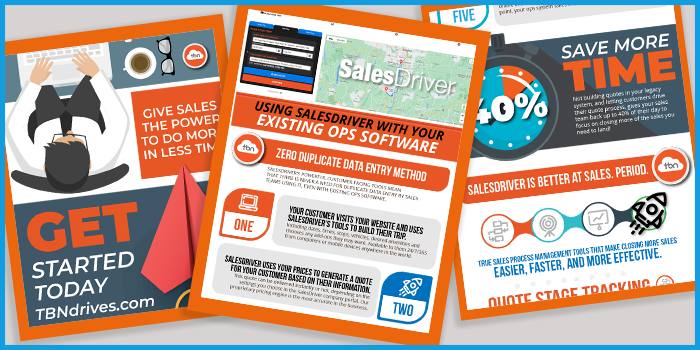
Does SalesDriver work with your Op’s Software?
April 4, 2022Demand-based pricing, surge pricing, variable pricing, even flex pricing. The concept is called many things, but the premise is simple: Things cost more when demand is high. When you throw in a smaller supply, the price increases even more.
Businesses have been using this strategy for as long as there have been businesses, many without even knowing it was happening, and we can see how it works all around us.
It is so prevalent we have, in most cases, just accepted it as “the way it is.” Take, for example, airlines. Book early, save. Book last minute, or try to book the last few seats on a flight, and those seats are significantly more expensive than those booked three months prior.
If you look at hotels, this same principle is at work. Take, for example, a hotel in Downtown Park City, Utah. During the fall, before the snow flies, after the leaves have all turned grey and there is more mud than snow, you could book a room for around $150. However, try to book that same room at the peak of ski season, and you may pay $500, and if you want that same room during the Sundance Film Festival to rub elbows with the rich and famous, you may have to shell out as much as $1500 a night.
But this conversation isn’t about how we pay more for things at different times; it’s really about how we, the group transportation market, can take full advantage of this same principle and put more money on the bottom line.
It’s easy to look at the parallels between hotels, airlines, even rental cars and see how they are doing what they are doing, but the truth is that this principle goes far beyond travel in our daily lives. Amazon has reported that they do this, and it has landed them in a bit of hot water. For example, turkey basters cost more just before thanksgiving, sunscreen costs more in the summer, and walking shoes cost more when gas prices hit $5.00/gallon (I’m guessing on that last one).
So how do we put this to work for us? Here are some ideas-
1: Historic Demand– Talk to any operator, and they will report they have a busy season and a slow season, and everyone at the company knows which days, weeks, and even months in the year they will be sold out. Start here. Your revenue per mile, per vehicle, should be significantly more during those times. Regardless of how early someone books, who they are, what their move is doing, the cost of that trip during that time should be higher.
2: Projected Demand- Looking in the rearview mirror is never a good way to drive the bus forward and often results in yard rash. This is no different. Projecting demand is another good way to determine when you should be charging more. Big conference coming to town, Super Bowl in the neighborhood, is your local college team going to make the playoffs? These may all be indicators of increased demand and reduced supply, which is the perfect recipe for increased prices.
3: Quote volume- When I was selling charter services, no matter how far we looked back and how much we tried to predict the future, we inevitably ran into times that out of the blue days started to get more traction than we anticipated. Often there didn’t seem to be any rhyme or reason for it, just a lot of activity. Other times we could quickly see an event that was driving the increase. As you know, this type of indicator in either increased bookings or quote volume may be a good indicator for a short-term rise responsive to that demand.
4: Availability- Let’s face it, in today’s world, having a piece of equipment and a driver available on the same day is a more significant challenge than it ever has been. Pair this with nearly half of all companies going out of business since March of 2020, and we’re smack dab in the middle of a supply and demand crisis. If you are a ten bus operation, the last three reservations on any given day should pay more than the first 7. Many operators shutter at the thought of this, even though customers are conditioned to how this works with airlines, hotels, rental cars, even buying ugly sweaters around Christmas.
5: Because we need a break- this may be the most controversial on this list but one that I hope you will consider. The above alluded to driver shortage means that drivers who used to beg for more trips and hours are now begging for a break, and it’s our job to build it into their lives to ensure that they don’t burn out and leave us altogether. There may be days of the week during your busiest time of year that you want to use your pricing to insulate your driver pool. We don’t shut down service, we don’t tell people NO in most cases, but we can use dramatically increased prices to do less on those days so that your drivers have some much-needed R&R (recuperation and rest).
At the end of a year, as we evaluate what a piece of equipment made us, and as we look to increase those bottom-line numbers, there is always the question that comes up… “how do we make more?” Costs are going up everywhere, and they are going up quicker than we can keep up in some cases. Drivers are in short supply, and our ability to pay more is critical in our ability to retain and recruit talent. And let’s not talk about fuel prices. Everything is pointing to one simple fact. We need to charge more. This means three things. First, raise your rates across the board. Second, charge surcharges and fees to further raise the rates in ways that customers understand, and third, use demand-based strategies to increase prices even more at times when your equipment and drivers are worth more!
Managing all three of those used to be hard. With SalesDriver, it’s point-and-click simple. We’re here to help.

